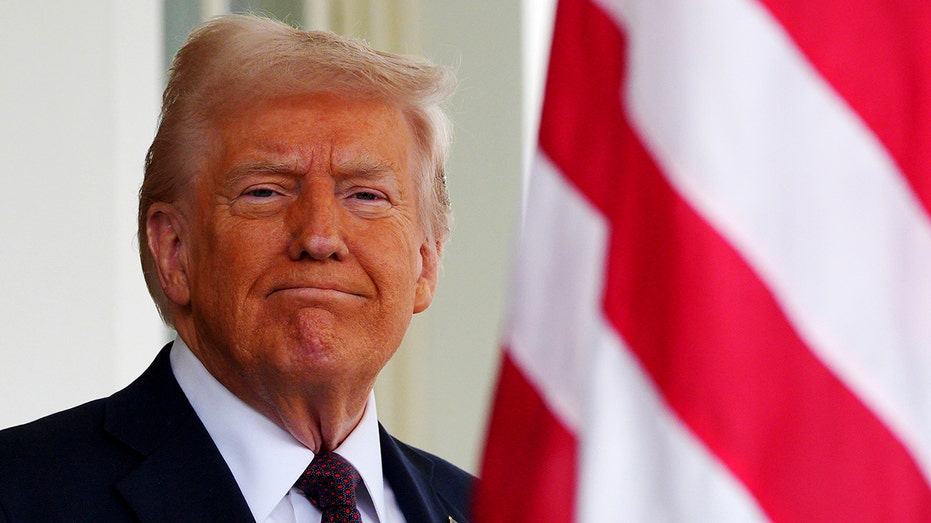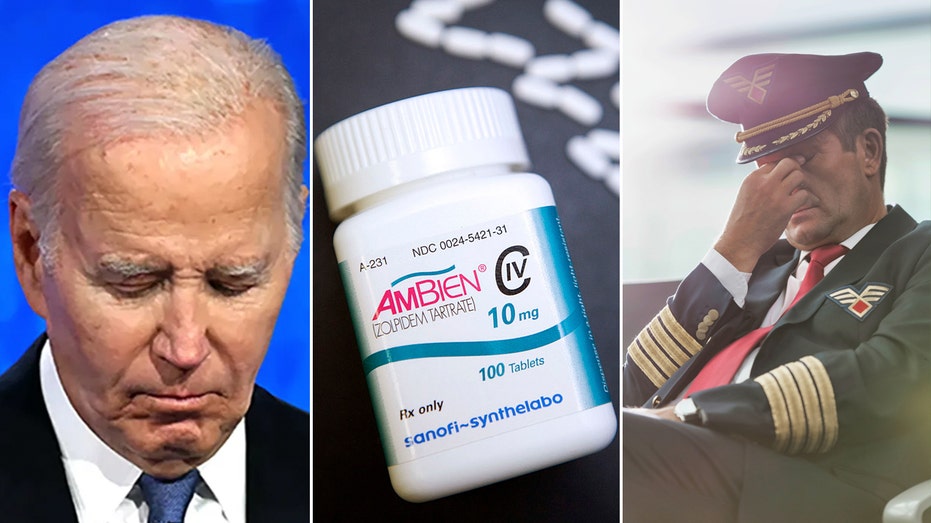Trump’s 'Liberation Day': Bold Policies, Big Promises, and Plenty of Questions

Sarah Johnson
April 2, 2025
Brief
President Trump declares April 2, 2025 'Liberation Day,' unveiling sweeping reciprocal tariffs to prioritize U.S. industry, spark economic revival, and reshape global trade relations.
April 2, 2025, is being branded as a historic day by President Donald Trump and his administration, who have declared it "Liberation Day"—a name that evokes boldness, patriotism, and perhaps a sprinkle of drama. The day is expected to usher in sweeping reciprocal tariffs aimed at ending what Trump calls an era of the U.S. being "ripped off" in global trade.
At the heart of this initiative is the promise to prioritize American workers and businesses, fulfilling Trump’s "America First" agenda. White House press secretary Karoline Leavitt set the tone during a press briefing, describing the day as "one of the most important in modern American history." She emphasized how these policies target foreign markets that have allegedly been closed to U.S. exports, calling it "fundamentally unfair." Her message: the days of America being taken advantage of are now over.
Central to the plan is a reciprocal tariff strategy that aims to level the playing field. Trump himself, in his typical unabashed style, remarked, "They’ve been ripping us for 50 years, longer." He assured the public that the tariffs would bring "tremendous wealth back to our country." How this wealth will trickle down to the average American remains to be seen, but the administration is confident that the policy will boost U.S. industry and create jobs as companies return to domestic manufacturing to avoid the new tariffs.
The big reveal, however, remains cloaked in mystery. Details about which countries will be targeted—dubbed the "dirty 15" by Treasury Secretary Scott Bessent—are expected to be unveiled when Trump announces the plan from the Rose Garden. Still, some hints have emerged. Bessent noted that several countries have already approached the administration with offers to adjust their tariffs, raising the possibility that some negotiations may already be in motion.
Peter Navarro, White House trade advisor, has projected a jaw-dropping $600 billion annual revenue from the tariffs, amounting to $6 trillion over the next decade. While these numbers are optimistic, they’re also raising eyebrows among economists and global trade experts, many of whom worry about the potential ripple effects on prices and consumer costs in the U.S.
One particularly eyebrow-raising aspect is the rollout of a newly created "External Revenue Service," under the Commerce Department, to oversee tariff collection. If nothing else, the name alone sounds like it belongs in a dystopian novel.
Of course, not everyone is applauding. The European Union has already hinted at "firm counter-measures," and Wall Street analysts are warning of recession risks if a trade war ensues. But Trump, ever the dealmaker, remains unfazed, saying, "We’re being nicer than they were." His administration insists the tariffs will be lower than what other nations have imposed on the U.S., framing the move as restrained—even kind—by comparison.
It’s worth noting that Trump has a penchant for invoking the term "Liberation Day" for moments he deems transformational. He previously used it to describe Election Day 2024 and his 2025 inauguration. This time, the term connects to a broader narrative of economic independence, drawing comparisons to other nations’ Liberation Days, which typically mark the end of oppression or war.
The administration's messaging also leans heavily on patriotism and unity. "As our victory showed, the entire nation is rapidly unifying behind our agenda," Trump declared in a recent speech, listing support from all demographics. While the rhetoric is undeniably stirring, the real test will be whether the economic policies deliver on such lofty promises—or whether the cost of goods and global tensions will steal the spotlight instead.
For now, all eyes are on the Rose Garden as Trump prepares to unveil his vision. Whether it’s a bold leap toward economic revival or a gamble that could backfire spectacularly, one thing is clear: April 2, 2025, will definitely make the history books—though time will tell how it’s remembered.
Topics
Editor's Comments
Trump declaring a 'Liberation Day' for trade policy is peak branding genius, but the real kicker is the 'External Revenue Service.' If that doesn’t sound like it’s straight out of a sci-fi movie, I don’t know what does. Let’s hope the administration’s optimism about these tariffs pans out, because $600 billion a year is a lot to promise.
Like this article? Share it with your friends!
If you find this article interesting, feel free to share it with your friends!
Thank you for your support! Sharing is the greatest encouragement for us.



